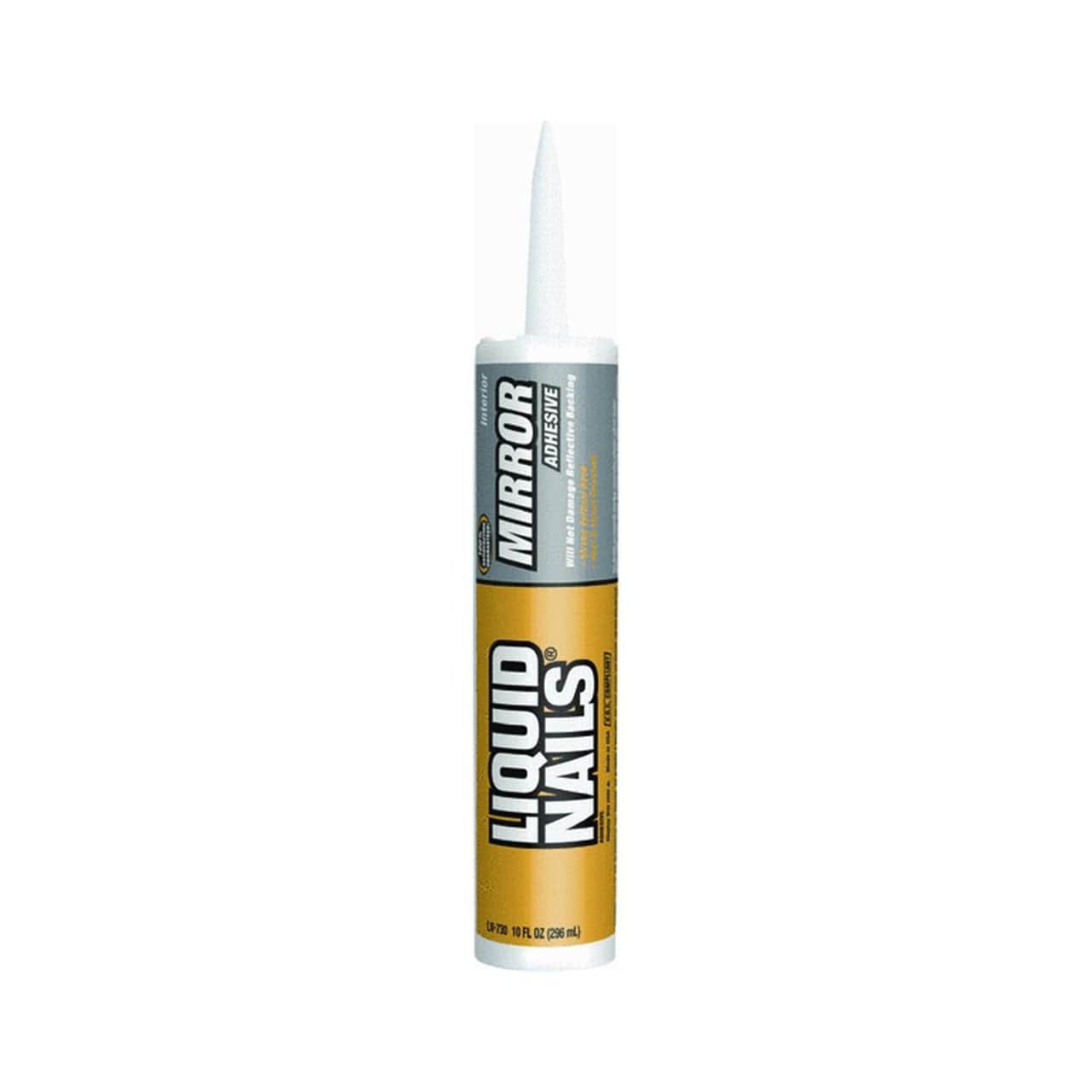

Articles
What Glue Do You Use For Mirrors
Modified: January 6, 2024
Discover the best glue for mirrors in this comprehensive guide. Read articles on different types of adhesive and find the perfect one for your project.
(Many of the links in this article redirect to a specific reviewed product. Your purchase of these products through affiliate links helps to generate commission for Storables.com, at no extra cost. Learn more)
Introduction
In any home or commercial space, mirrors can serve both functional and decorative purposes. Whether you’re installing a mirror in your bathroom, bedroom, or hallway, it’s essential to ensure it stays securely in place. The key to achieving this lies in using the right glue or adhesive for mirrors.
Choosing the right glue is crucial because mirrors are delicate and can easily break or detach if not properly installed. Additionally, the type of adhesive used can affect the longevity and stability of the mirror, as well as its overall aesthetic appeal.
In this article, we will explore the importance of using the right glue for mirrors and discuss the factors to consider when choosing the appropriate adhesive. We will also explore different types of glues suitable for attaching mirrors and provide tips on how to properly apply the glue for mirror installation.
So, if you’re considering installing mirrors in your home or commercial space, keep reading to learn more about the best glues to use and how to ensure a secure and long-lasting installation.
Key Takeaways:
- Choose the right glue for mirrors to ensure security, durability, and aesthetics. Consider factors like surface material, mirror type, weight, and environment for a successful and long-lasting installation.
- Prioritize safety when using glue for mirror installations. Follow manufacturer’s instructions, take precautions, and seek professional help if needed to achieve a secure and visually appealing mirror installation.
Read more: What Do You Use To Glue Sink To Vanity
Importance of Using the Right Glue for Mirrors
When it comes to installing mirrors, using the right glue or adhesive is of utmost importance. The choice of glue not only ensures the mirror remains securely attached to the wall but also affects its overall durability and appearance. Here are some key reasons why using the right glue for mirrors is crucial:
- Security: Mirrors can be heavy and delicate, and a poor adhesive choice can result in the mirror falling off the wall. This poses a significant safety risk, especially in households with children or pets. By using the correct glue, you can provide a secure bond, ensuring the mirror stays in place.
- Durability: Properly bonding the mirror to the wall ensures its long-term stability. The right adhesive can withstand changes in temperature and humidity, preventing the mirror from warping or becoming loose over time. This is particularly important in environments such as bathrooms, where moisture levels may be high.
- Aesthetics: The type of glue used can impact the appearance of the mirror installation. Using the wrong adhesive can lead to visible marks, streaks, or uneven surfaces, detracting from the mirror’s beauty. Choosing the right glue ensures a clean and seamless installation, enhancing the overall aesthetic appeal of the mirror.
- Ease of Installation: The right glue can make the mirror installation process easier and more convenient. Some adhesives offer quick-drying properties or come in easy-to-use formats such as tapes, making them user-friendly choices for DIY mirror installations.
To achieve a secure, durable, and visually appealing mirror installation, it is essential to consider the factors that impact the choice of adhesive.
In the next section, we will discuss these factors in detail to help you make an informed decision when selecting glue for your mirrors.
Factors to Consider When Choosing Glue for Mirrors
When selecting the right glue for your mirrors, several factors should be taken into consideration. These factors can help ensure a successful and long-lasting installation. Let’s take a closer look at the important considerations:
- Surface Material: The type of surface you’ll be applying the adhesive to is a crucial factor. Different glues work better on specific surfaces, such as drywall, tile, or wood. Ensure that the glue you choose is suitable for the material of your wall.
- Mirror Type: Consider the type of mirror you’ll be installing. Some glues work best with framed mirrors, while others are designed specifically for frameless mirrors. Understanding the mirror type can help you select the right adhesive for a secure attachment.
- Weight of the Mirror: Mirrors can vary in weight, from small vanity mirrors to large wall mirrors. It’s important to choose an adhesive that can support the weight of your mirror. Check the weight limit specified by the glue manufacturer to ensure it matches your mirror’s weight.
- Environment: Consider the environment in which the mirror will be installed. If it will be subjected to high humidity or temperature fluctuations, choose an adhesive that can withstand these conditions. Moisture-resistant or heat-resistant glues are ideal for environments like bathrooms or near radiators.
- Application Method: Different adhesives require different application methods. Some come in tubes and require a caulk gun for application, while others are pre-cut tapes that can be easily pressed onto the wall. Consider the ease of application and choose a method that suits your comfort level and the requirements of your project.
Considering these factors will help you narrow down your options and choose the most appropriate glue for your mirror installation. Now, let’s explore different types of glues that are suitable for attaching mirrors.
Types of Glue Suitable for Attaching Mirrors
When it comes to selecting the right glue for attaching mirrors, there are several options available. Let’s take a look at some common types of glues that are suitable for mirror installation:
- Adhesive Mirror Mounting Tape: This is a popular choice for DIY mirror installations. Mirror mounting tape is typically double-sided and formulated to provide a strong bond between the mirror and the wall surface. It is easy to use, mess-free, and can support the weight of most mirrors.
- Mirror Mastic: Mirror mastic is a specialized adhesive specifically designed for attaching mirrors. It comes in a paste-like form and provides excellent adhesion. Mirror mastic is durable, moisture-resistant, and can withstand temperature fluctuations. It is commonly used for frameless mirror installations.
- Silicone Adhesive: Silicone adhesive is another option for secure mirror attachment. It offers flexibility, making it ideal for mirrors that may expand or contract due to temperature changes. Silicone adhesive provides a strong bond and is moisture-resistant, making it suitable for bathroom mirror installations.
- Construction Adhesive: Construction adhesive is a versatile option that can be used for various projects, including mirror installation. It provides a strong bond and works well with different surfaces. However, it’s important to choose a construction adhesive that is specifically labeled for mirror installation.
When choosing the right glue, always check the manufacturer’s instructions and product specifications. They will provide guidance on the specific surfaces the glue is suitable for, weight limits, and any special considerations. It’s crucial to choose a glue that matches the requirements of your mirror installation.
Now that we’ve explored the types of glues suitable for attaching mirrors, it’s important to understand how to properly apply the chosen adhesive for a successful mirror installation. Continue reading to find out some valuable tips.
Adhesive Mirror Mounting Tape
Adhesive mirror mounting tape is a popular choice for mirror installations due to its ease of use and mess-free application. It consists of double-sided tape specially formulated for attaching mirrors to various surfaces. Here are some key features and tips for using adhesive mirror mounting tape:
Features:
- Strong Bond: Mirror mounting tape provides a strong and secure bond between the mirror and the wall surface. It is designed to support the weight of most mirrors and ensure their stability.
- Mess-Free: Unlike liquid glues, adhesive mirror mounting tape is a clean and mess-free option. It eliminates the need for spreading glue or waiting for it to dry.
- Easy Application: The application process of mounting tape is straightforward. Simply cut the desired lengths of tape, peel off the backing, and press the tape onto the back of the mirror. Then, remove the remaining backing and firmly press the mirror onto the wall.
- Versatility: Adhesive mirror mounting tape works well with a variety of wall surfaces, including drywall, tile, and wood. Ensure that the surface is clean, dry, and free of any dust or debris for optimal adhesion.
Tips for Using Adhesive Mirror Mounting Tape:
- Measure and Cut Carefully: Before applying the tape, measure and cut it to the appropriate length. Be sure to account for any additional support needed for larger or heavier mirrors.
- Press Firmly: When attaching the mirror to the wall, press firmly and hold it in place for a few seconds to ensure a strong bond. Applying pressure helps the tape adhere properly and creates a secure attachment.
- Follow Weight Limit Recommendations: Check the weight limit specified by the manufacturer to ensure the tape can support your specific mirror. If your mirror exceeds the weight limit, consider using alternative adhesive options for a secure installation.
- Consider Additional Support: For larger or heavier mirrors, it may be advisable to provide additional support, such as using multiple strips of mounting tape or utilizing additional reinforcement methods.
Using adhesive mirror mounting tape can be an efficient and reliable way to attach mirrors to your desired surfaces. However, it is important to follow the manufacturer’s instructions and recommendations for the best results. Now, let’s move on to discuss another popular adhesive option for mirror installations.
Read more: What Can You Use To Write On Mirrors
Mirror Mastic
Mirror mastic is a specialized adhesive specifically designed for attaching mirrors. It comes in a paste-like form and provides excellent adhesion and durability. Here are some key features and tips for using mirror mastic for mirror installations:
Features:
- Strong Adhesion: Mirror mastic is known for its strong adhesive properties. It forms a secure bond between the mirror and the wall surface, ensuring long-lasting stability.
- Moisture Resistance: Mirror mastic is typically moisture-resistant, making it a suitable option for bathrooms and other areas with high humidity levels. It can withstand moisture without compromising the bond or causing damage to the mirror.
- Flexibility: Mirror mastic offers a level of flexibility, allowing it to compensate for any expansion or contraction that the mirror may experience due to temperature changes.
- Compatibility: Mirror mastic is compatible with a variety of surface materials, including drywall, wood, and tile. However, always check the manufacturer’s instructions to ensure proper compatibility with your specific wall surface.
Tips for Using Mirror Mastic:
- Clean and Prepare the Surface: Before applying mirror mastic, clean the wall surface thoroughly and ensure it is dry and free from dust or debris. This will ensure proper adhesion and prevent any contaminants from affecting the bond.
- Apply in Thin Layers: Mirror mastic should be applied in thin and even layers to avoid excess adhesive seeping out from the edges of the mirror. This will help maintain a clean and neat appearance once the mirror is attached.
- Use the Recommended Amount: Follow the manufacturer’s recommendations for the amount of mirror mastic to use based on the size and weight of your mirror. Using too little may result in an insufficient bond, while using too much can create a messy and visible adhesive seam.
- Allow Sufficient Curing Time: Mirror mastic requires a curing period to fully set and achieve its maximum strength. Follow the manufacturer’s instructions for the recommended curing time before using or adjusting the mirror.
By following these tips and the manufacturer’s instructions, you can achieve a secure and professional mirror installation using mirror mastic. Now, let’s move on to explore another adhesive option suitable for attaching mirrors.
When choosing a glue for mirrors, it’s important to use a strong adhesive that is specifically designed for glass. Look for a clear, waterproof silicone adhesive that is suitable for mirrors to ensure a secure and long-lasting bond.
Silicone Adhesive
Silicone adhesive is a popular choice for attaching mirrors due to its flexibility, durability, and moisture-resistance. It provides a strong bond between the mirror and the wall surface. Here are the key features and tips for using silicone adhesive for mirror installations:
Features:
- Flexibility: Silicone adhesive offers flexibility, allowing it to accommodate any movement or expansion of the mirror caused by temperature changes. This helps prevent damage or distortion of the mirror over time.
- Moisture Resistance: Silicone adhesive is highly resistant to moisture, making it an ideal choice for mirror installations in areas with high humidity such as bathrooms. It can withstand exposure to water without compromising the bond.
- Strong Bond: Silicone adhesive forms a strong and long-lasting bond between the mirror and the wall surface. It can support the weight of most mirrors when applied properly.
- Versatility: Silicone adhesive can be used on a variety of surfaces, including drywall, glass, metal, and tile. It is important to ensure that the silicone adhesive you choose is compatible with your specific wall surface.
Tips for Using Silicone Adhesive:
- Clean and Dry the Surface: Ensure that the wall surface is clean, dry, and free from dust or debris before applying silicone adhesive. This will ensure optimal adhesion and help create a strong bond.
- Apply in Dots or Lines: When applying silicone adhesive, it is best to use small dots or lines of adhesive on the back of the mirror. This provides even coverage and helps prevent excess adhesive from seeping out when the mirror is pressed onto the wall.
- Press and Hold: After applying the silicone adhesive, firmly press the mirror against the wall and hold it in place for a few minutes. This helps ensure a secure bond and allows the adhesive to set properly.
- Allow Sufficient Curing Time: Silicone adhesive requires a curing period to achieve its maximum strength. Follow the manufacturer’s instructions for the recommended curing time before using or adjusting the mirror.
By following these tips and using silicone adhesive correctly, you can achieve a secure and reliable mirror installation. Now, let’s move on to discuss another adhesive option suitable for attaching mirrors.
Construction Adhesive
Construction adhesive is a versatile option that can be used for a variety of projects, including mirror installation. It provides a strong and durable bond between the mirror and the wall surface. Here are some key features and tips for using construction adhesive for mirror installations:
Features:
- Strong Bond: Construction adhesive is known for its powerful bonding capabilities. It forms a secure attachment between the mirror and the wall surface, ensuring stability and long-lasting durability.
- Compatibility: Construction adhesive is compatible with a wide range of surfaces, including drywall, wood, concrete, and metal. It is important to choose a construction adhesive specifically labeled for mirror installation to ensure optimal results.
- Moisture Resistance: Certain types of construction adhesive offer moisture resistance, making them suitable for mirror installations in areas with high humidity, such as bathrooms. Check the product specifications to ensure that it is moisture-resistant if you plan to install the mirror in a damp environment.
- Versatility: Construction adhesives come in various formulas and consistencies, allowing for versatile applications. They can be applied with a caulk gun or in cartridge form, making them suitable for different installation preferences.
Tips for Using Construction Adhesive:
- Clean and Prepare the Surface: Clean the wall surface thoroughly and ensure it is dry and free from dust or debris. This will promote proper adhesion and help create a strong bond between the mirror and the wall.
- Apply the Adhesive: Follow the manufacturer’s instructions for applying construction adhesive. It is typically advised to apply the adhesive in vertical or horizontal lines, leaving gaps for air circulation and providing an even distribution of adhesive. Avoid applying too much adhesive, as it can create a messy and visible adhesive seam.
- Press and Hold: Once the adhesive is applied to the mirror and wall surface, firmly press the mirror against the wall and hold it in place for a few minutes. This allows the adhesive to set and ensures a secure attachment.
- Allow Sufficient Curing Time: Construction adhesive requires a curing period to achieve its maximum strength. Refer to the manufacturer’s instructions for the recommended curing time before using or adjusting the mirror.
By following these tips and using construction adhesive appropriately, you can achieve a robust and lasting bond between the mirror and the wall surface. Now that we have explored different types of glues suitable for attaching mirrors, let’s move on to discussing some essential tips for properly applying glue during mirror installation.
Tips for Properly Applying Glue for Mirror Installation
Proper application of glue is essential for a successful and secure mirror installation. Follow these tips to ensure that you apply the glue correctly:
- Clean and Prepare the Surface: Before applying the glue, clean the wall surface thoroughly and ensure it is dry and free from any dust, grease, or debris. A clean surface promotes better adhesion and helps the glue create a strong bond.
- Read the Manufacturer’s Instructions: Always read and follow the instructions provided by the glue manufacturer. Each type of glue may have specific application requirements and drying times, so it’s essential to adhere to these guidelines for the best results.
- Apply the Glue in the Right Amount: Use the recommended amount of glue, considering both the size and weight of the mirror. Applying too little may result in a weak bond, while applying too much can lead to excess glue seeping out and creating a messy appearance.
- Apply the Glue Evenly: Ensure that the glue is spread evenly on the surface of the wall or the back of the mirror, depending on the adhesive type. This helps to create a consistent bond across the entire surface and prevents any areas from being weaker than others.
- Follow the Proper Application Method: Different glues may have specific application methods. Some may require a caulk gun, while others may come in pre-cut tape form. Follow the recommended application method provided by the manufacturer to achieve the best results.
- Press and Hold: After applying the glue, firmly press the mirror against the wall and hold it in place for the specified amount of time. This allows the glue to set and create a strong bond. Always follow the manufacturer’s recommendations for the required holding time.
- Allow Sufficient Drying/Curing Time: Different glues have varying drying or curing times. It is important to allow the adhesive to fully dry or cure before placing any stress on the mirror. This ensures that the bond has reached its maximum strength and stability.
- Consider Additional Support: Depending on the size and weight of the mirror, you may need to provide additional support during the installation process. For larger or heavier mirrors, consider using additional methods such as brackets or reinforcement to ensure their stability.
By following these tips, you can ensure that the glue is applied properly during mirror installation. This will help create a secure bond and ensure the long-term stability of the mirror. However, it is important to also consider some precautions when using glue for mirror installations, which we will discuss next.
Read more: What Glue To Use For Glass
Precautions to Take When Using Glue for Mirrors
While using glue for mirror installations can provide a secure and long-lasting bond, it’s important to take certain precautions to ensure a safe and successful installation. Here are some precautions to keep in mind:
- Personal Protective Equipment (PPE): When working with glue, especially those with strong odors or fumes, it is advisable to wear protective gloves and safety goggles. This protects your skin and eyes from potential irritation or exposure to chemicals.
- Proper Ventilation: Ensure that the area where you are working has adequate ventilation. Open windows or use fans to provide fresh air circulation, especially when using glues with strong odors.
- Read and Follow Manufacturer’s Instructions: Carefully read and follow the instructions provided by the glue manufacturer. This includes information on application, drying/curing time, and any specific precautions or safety measures to be taken.
- Avoid Skin Contact: Some glues can cause skin irritation or allergic reactions. Avoid direct skin contact with the glue by wearing gloves, and if any glue gets on your skin, wash it off immediately with soap and water.
- Avoid Ingestion or Inhalation: Do not consume or ingest the glue, and avoid inhaling any fumes. If accidental ingestion or inhalation occurs, seek medical assistance immediately.
- Keep Out of Reach of Children and Pets: Store glues in a secure place out of the reach of children and pets. Some glues may be harmful if ingested or handled improperly.
- Test Compatibility: Before applying the glue directly to the mirror or wall, conduct a compatibility test on a small and inconspicuous area. This ensures that the glue does not damage or react adversely with the materials of the mirror or wall surface.
- Proper Disposal: Dispose of any unused glue or empty containers according to the manufacturer’s instructions and local regulations. Avoid pouring glue down the drain or disposing of it in regular household waste.
- Seek Professional Help if Needed: If you are unsure about the proper glue to use or the installation process, or if you are dealing with a large or heavy mirror, it is recommended to seek professional assistance. They have the expertise and equipment to ensure a safe and secure installation.
By following these precautions, you can minimize potential risks and ensure a safe and successful mirror installation. It is important to prioritize your safety and the safety of others during the glue application process.
Now, let’s wrap up the article.
Conclusion
When it comes to mirror installations, choosing the right glue is essential for a secure and long-lasting bond. The glue you use not only affects the stability and durability of the mirror but also impacts its aesthetics. By considering factors such as surface material, mirror type, weight, and environment, you can make an informed decision about the most suitable adhesive for your mirror installation.
Adhesive mirror mounting tape offers a clean and convenient solution, while mirror mastic provides excellent adhesion and moisture resistance. Silicone adhesive offers flexibility and durability, while construction adhesive offers versatility for various surface materials. Each type of glue has its own unique features and advantages, allowing you to select the best option based on your specific needs and preferences.
Take precautions such as wearing protective equipment, ensuring proper ventilation, and following the manufacturer’s instructions when working with glue. Properly preparing the surface, applying the glue in the right amount and evenly, and allowing sufficient drying or curing time are crucial for a successful installation. Consider additional support for larger or heavier mirrors to ensure their stability over time.
It is important to prioritize safety and seek professional help if you are unsure about the installation process or dealing with a complex project. By following these guidelines and precautions, you can achieve a secure and visually appealing mirror installation.
Now that you have a comprehensive understanding of the importance of using the right glue for mirrors and have learned about various adhesive options, you can confidently embark on your mirror installation journey. Enjoy the process and the beauty that mirrors bring to your home or commercial space!
Frequently Asked Questions about What Glue Do You Use For Mirrors
Was this page helpful?
At Storables.com, we guarantee accurate and reliable information. Our content, validated by Expert Board Contributors, is crafted following stringent Editorial Policies. We're committed to providing you with well-researched, expert-backed insights for all your informational needs.
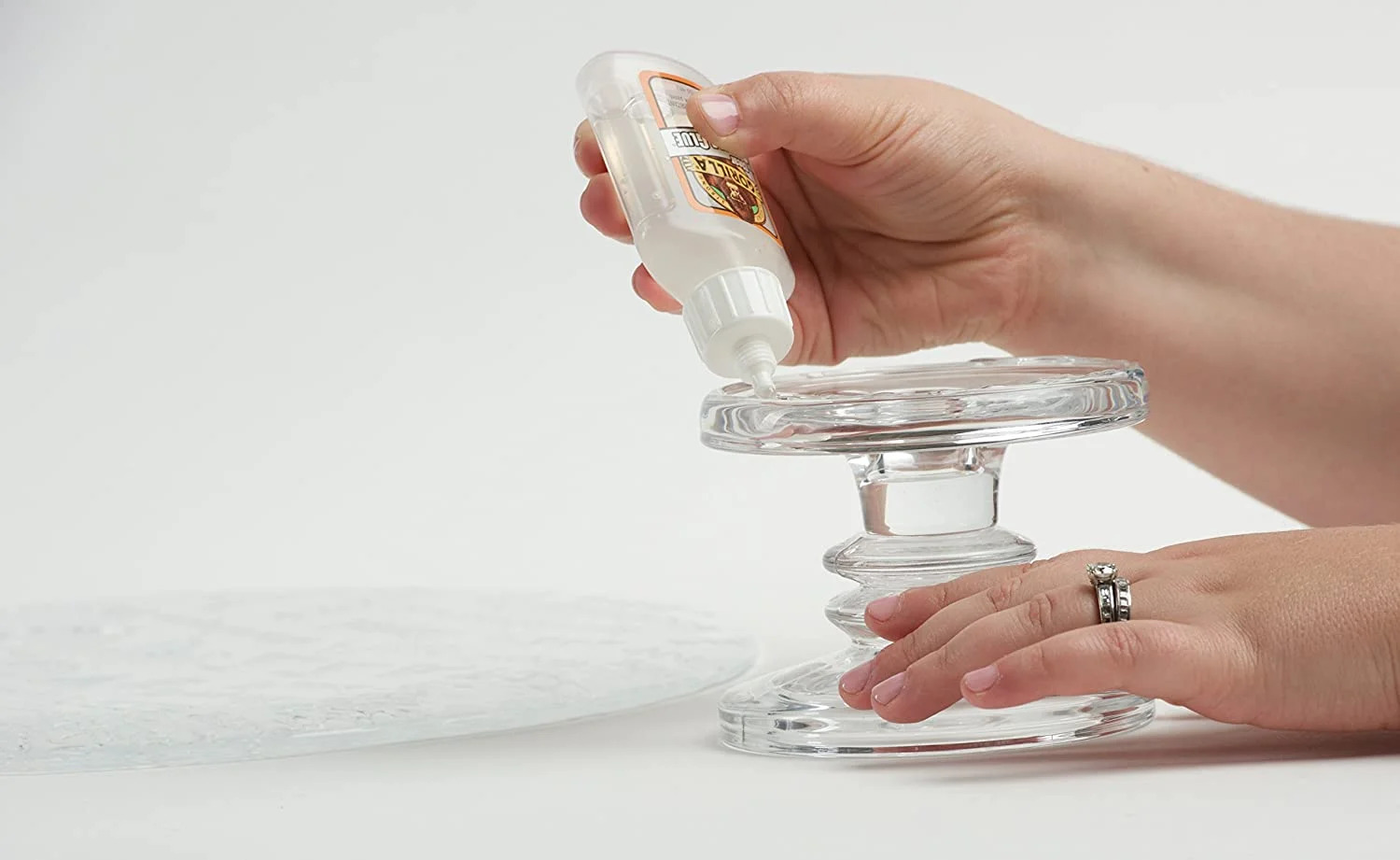
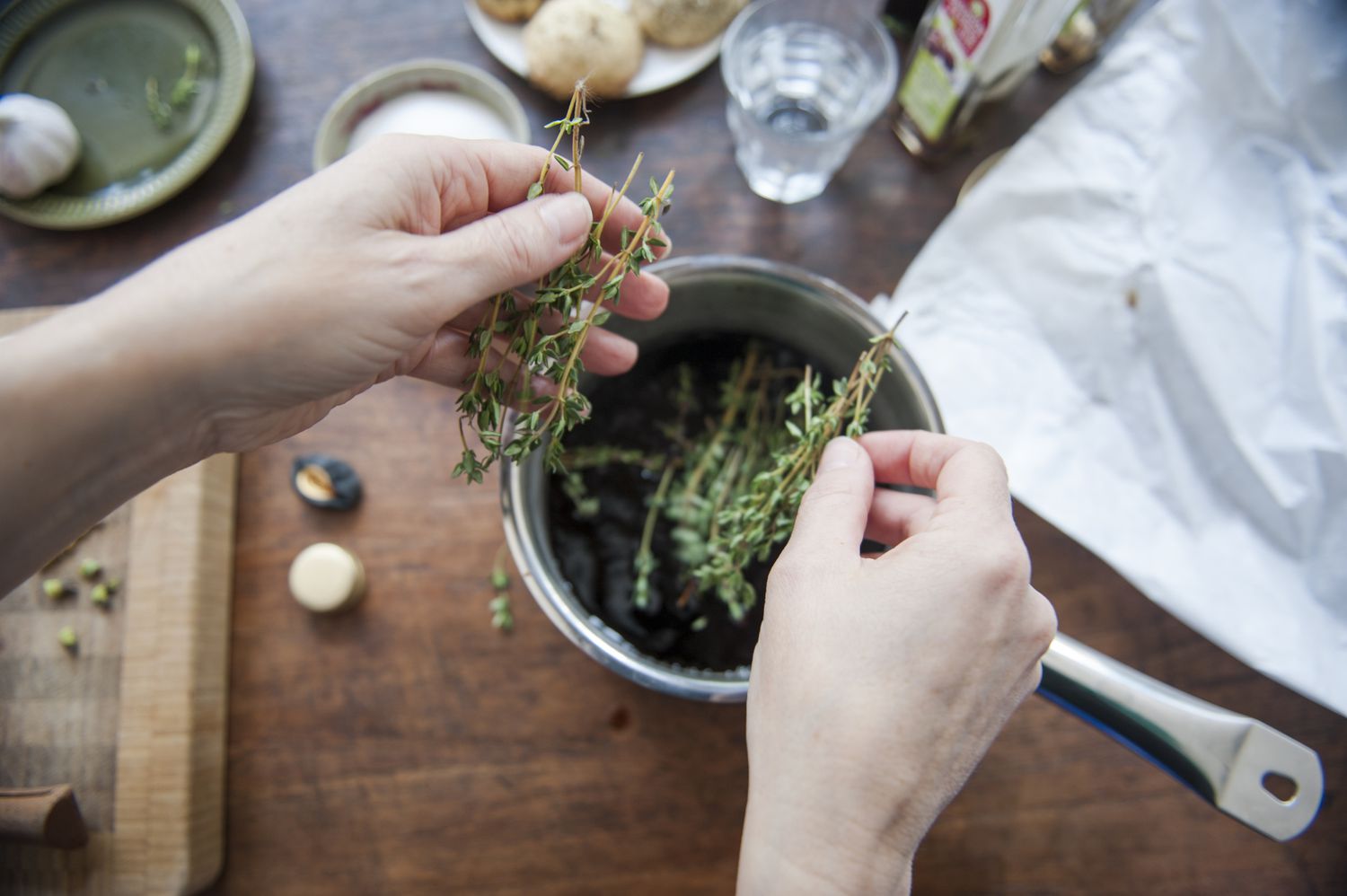
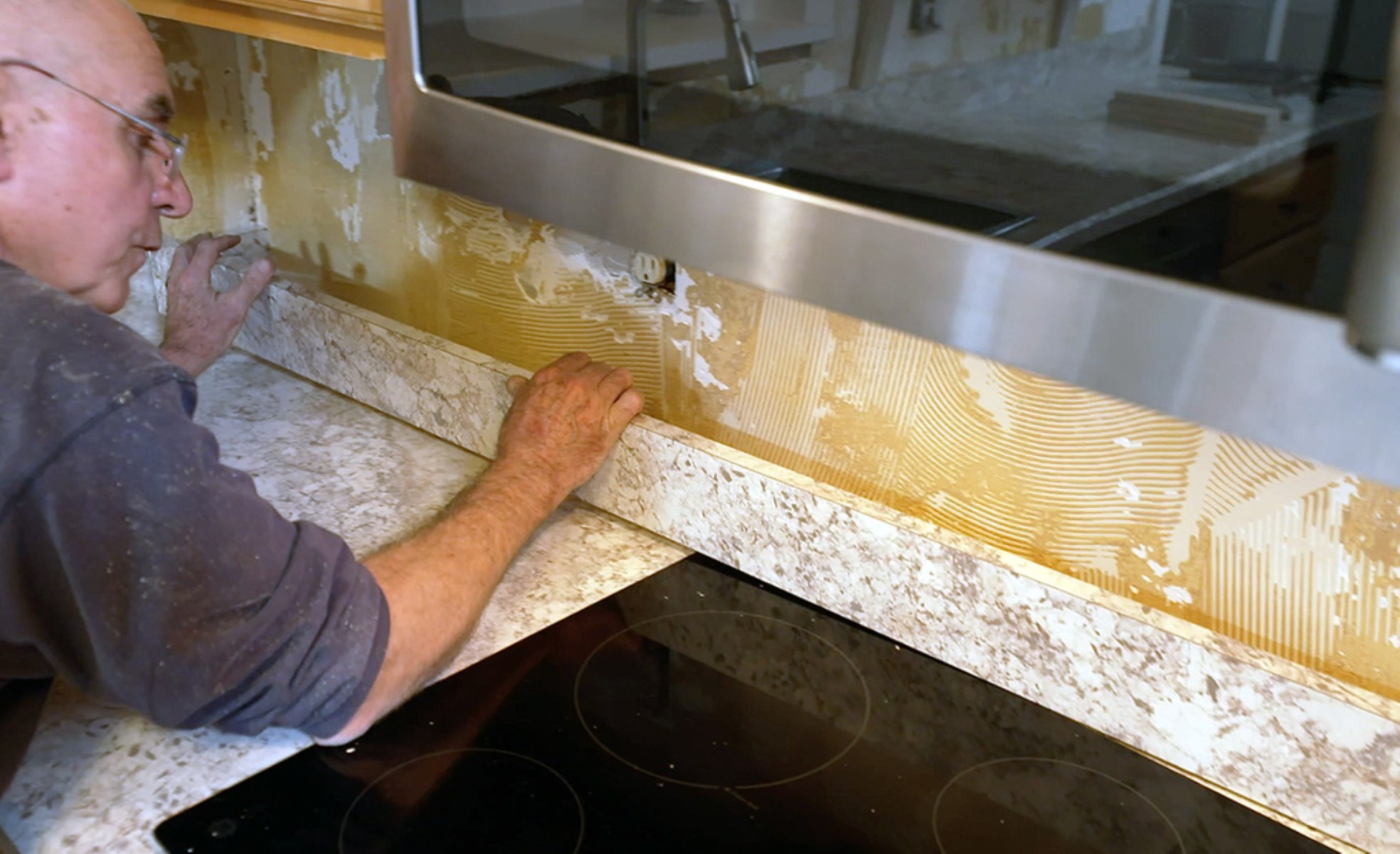
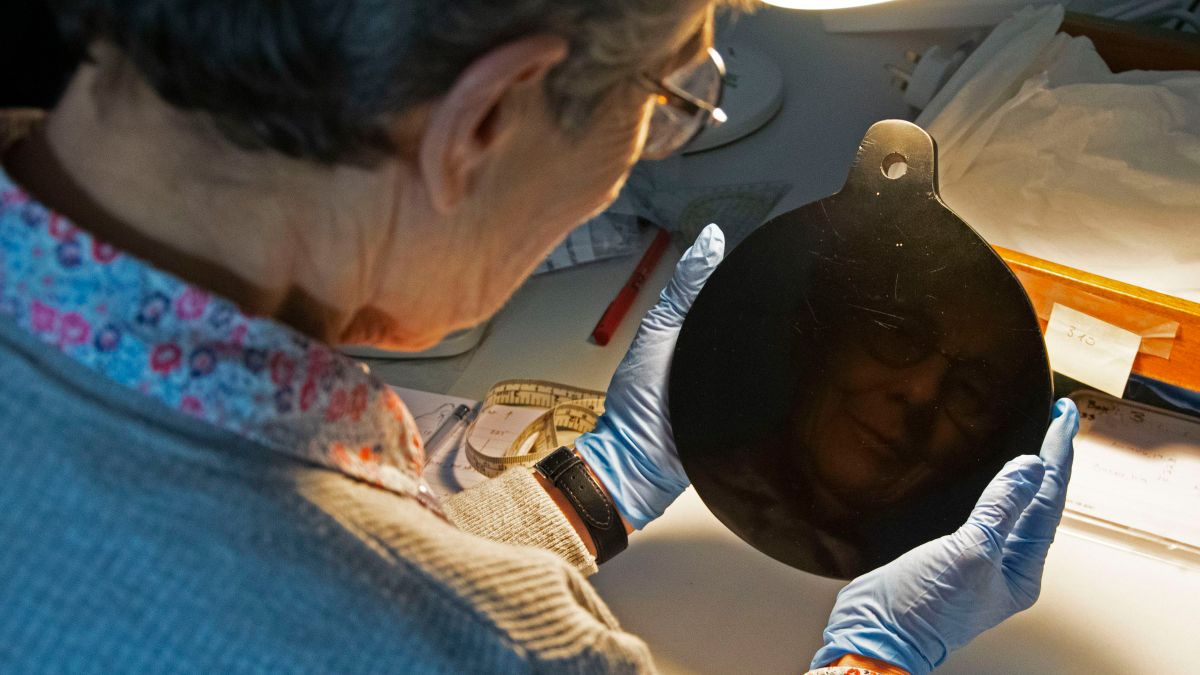
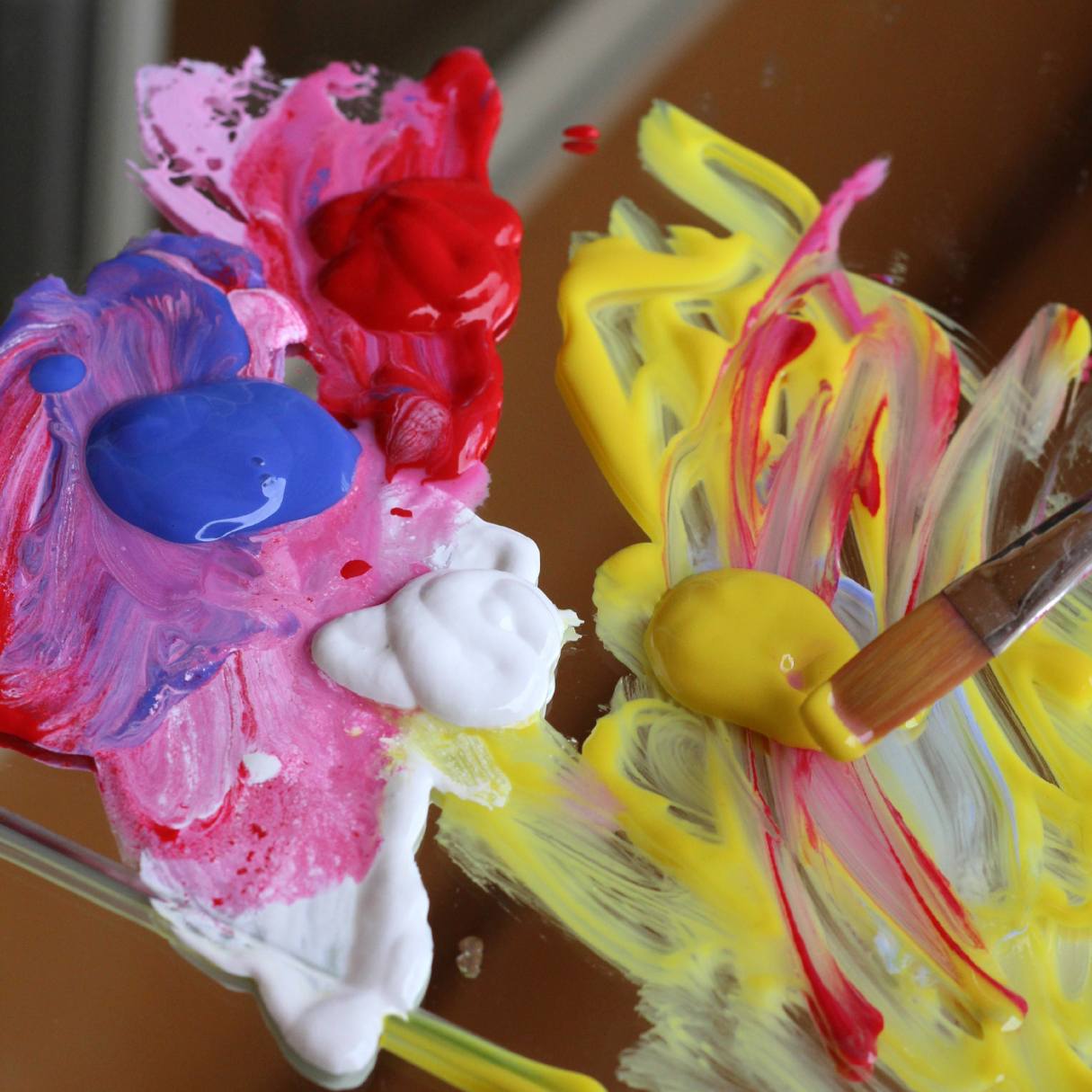
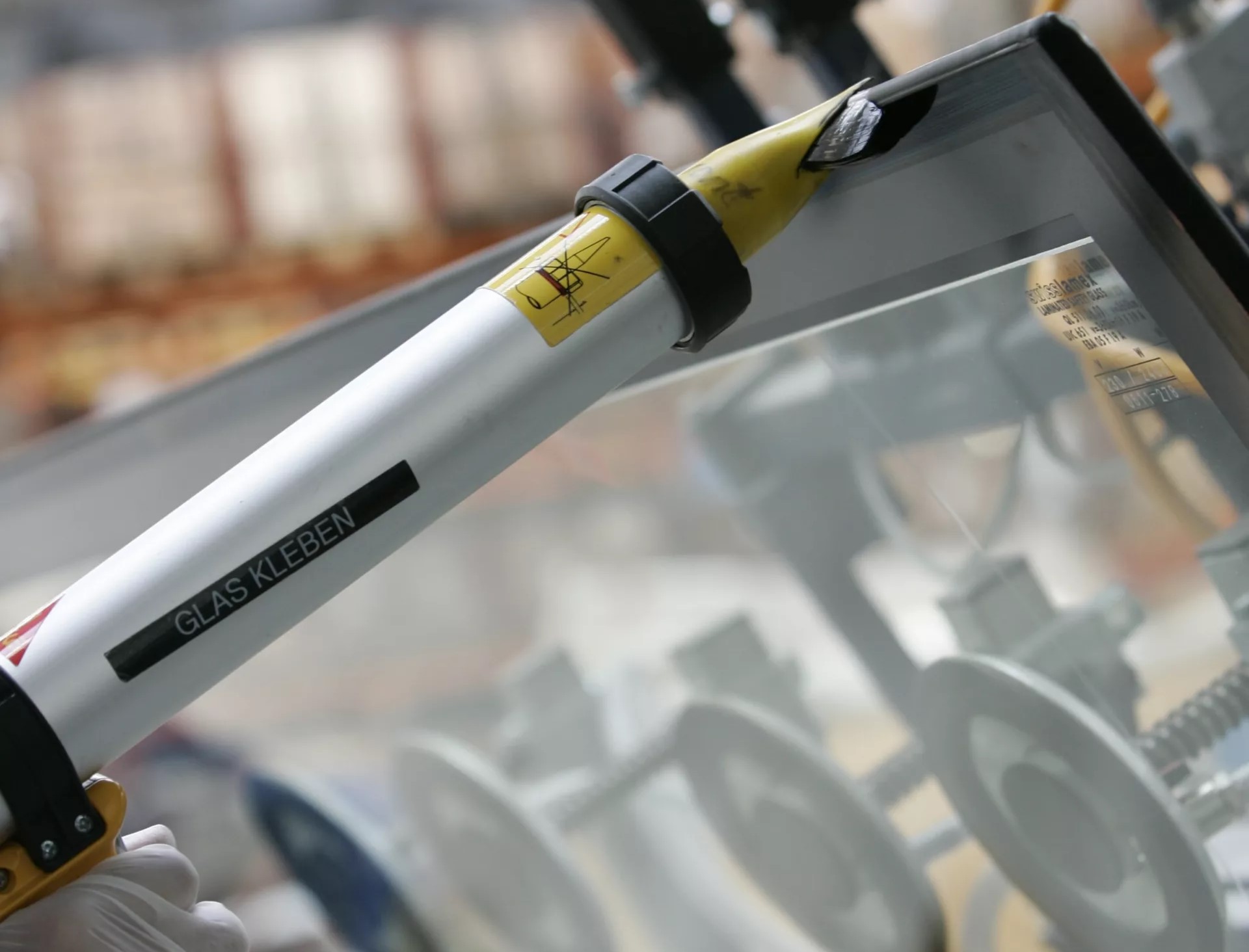
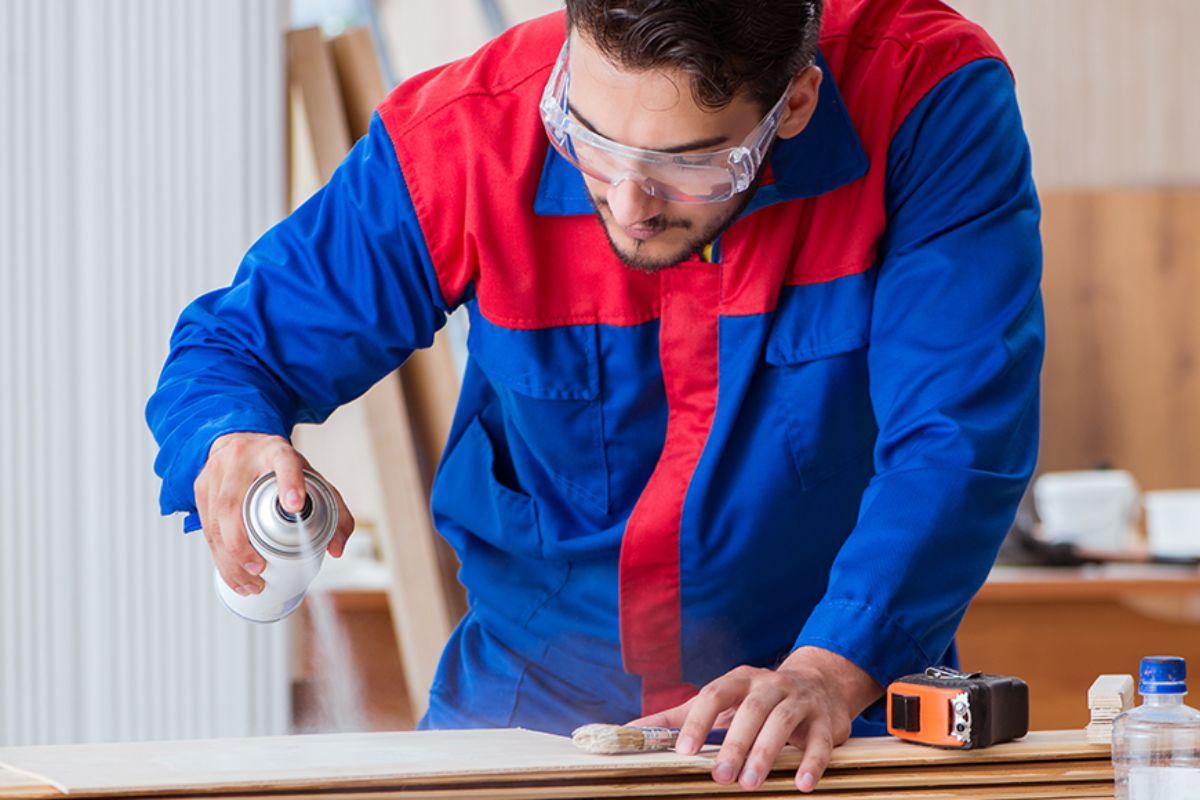
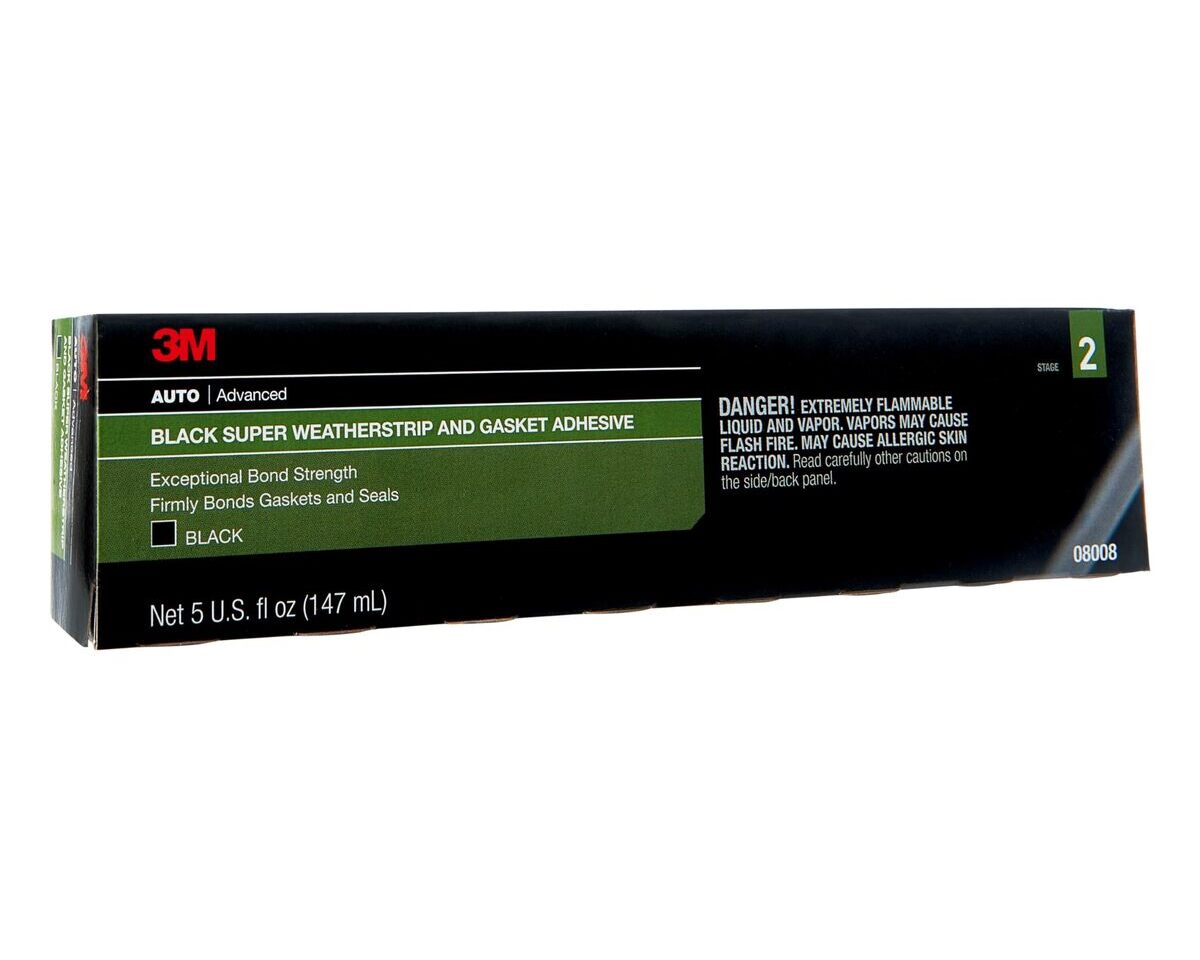
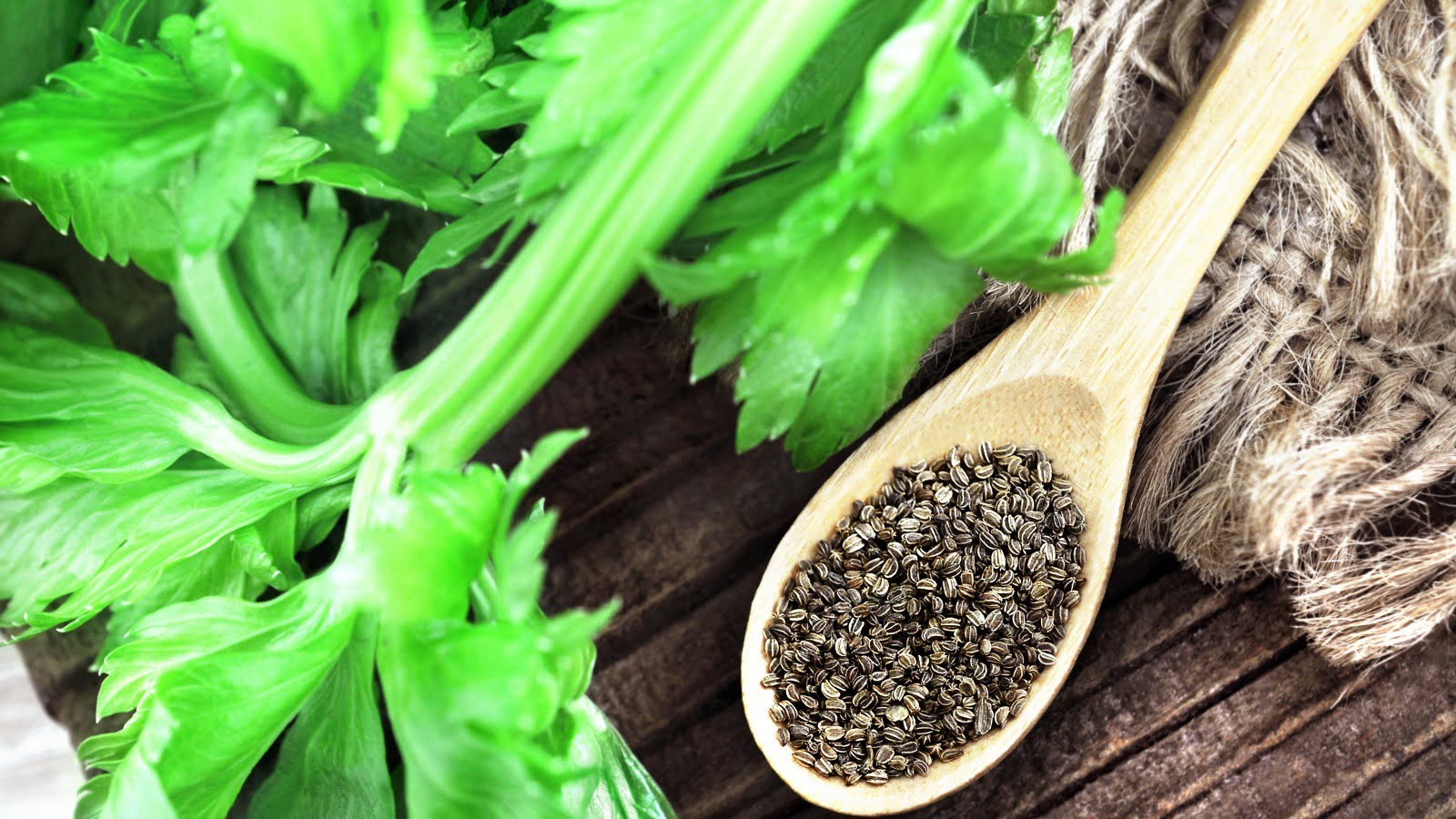
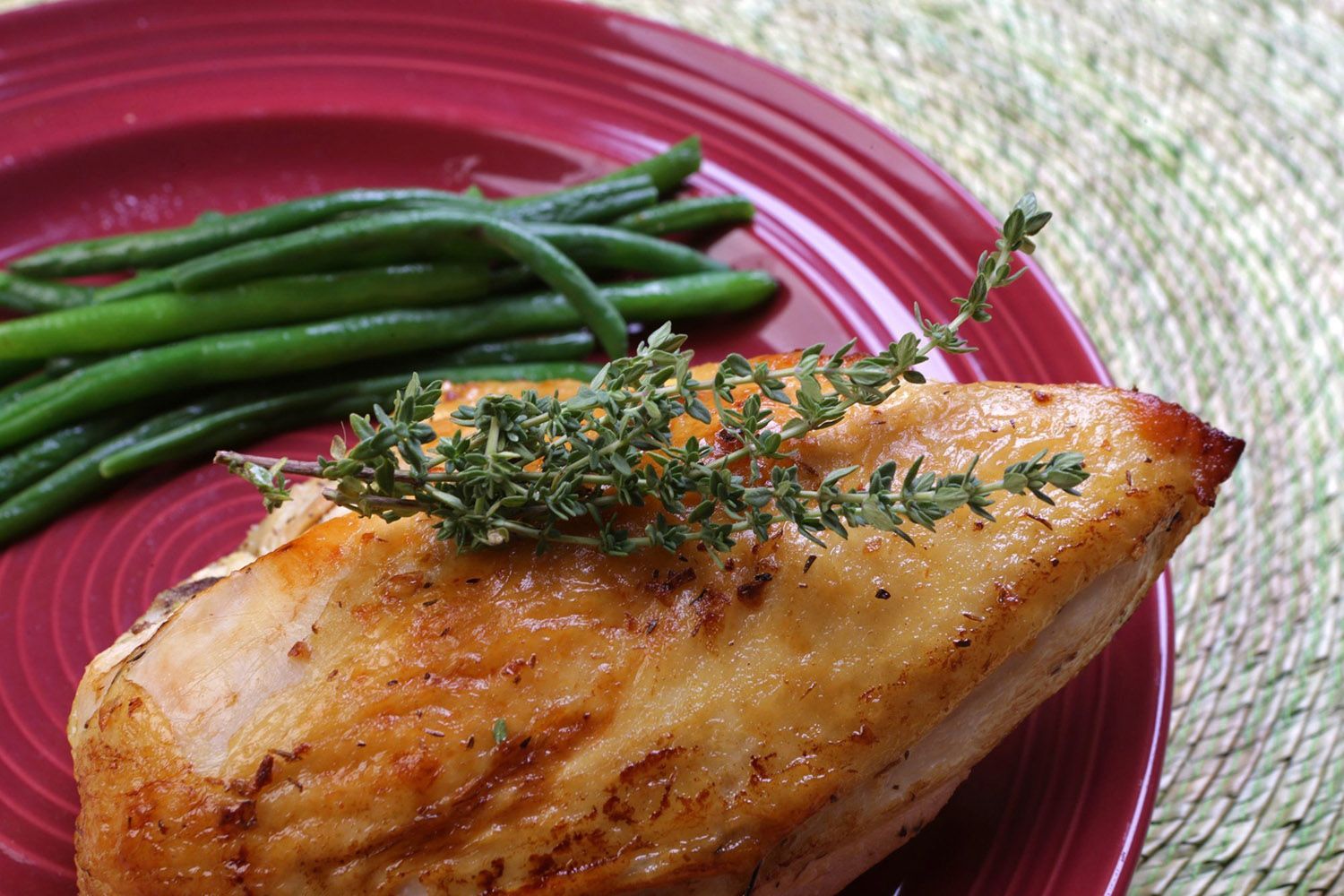
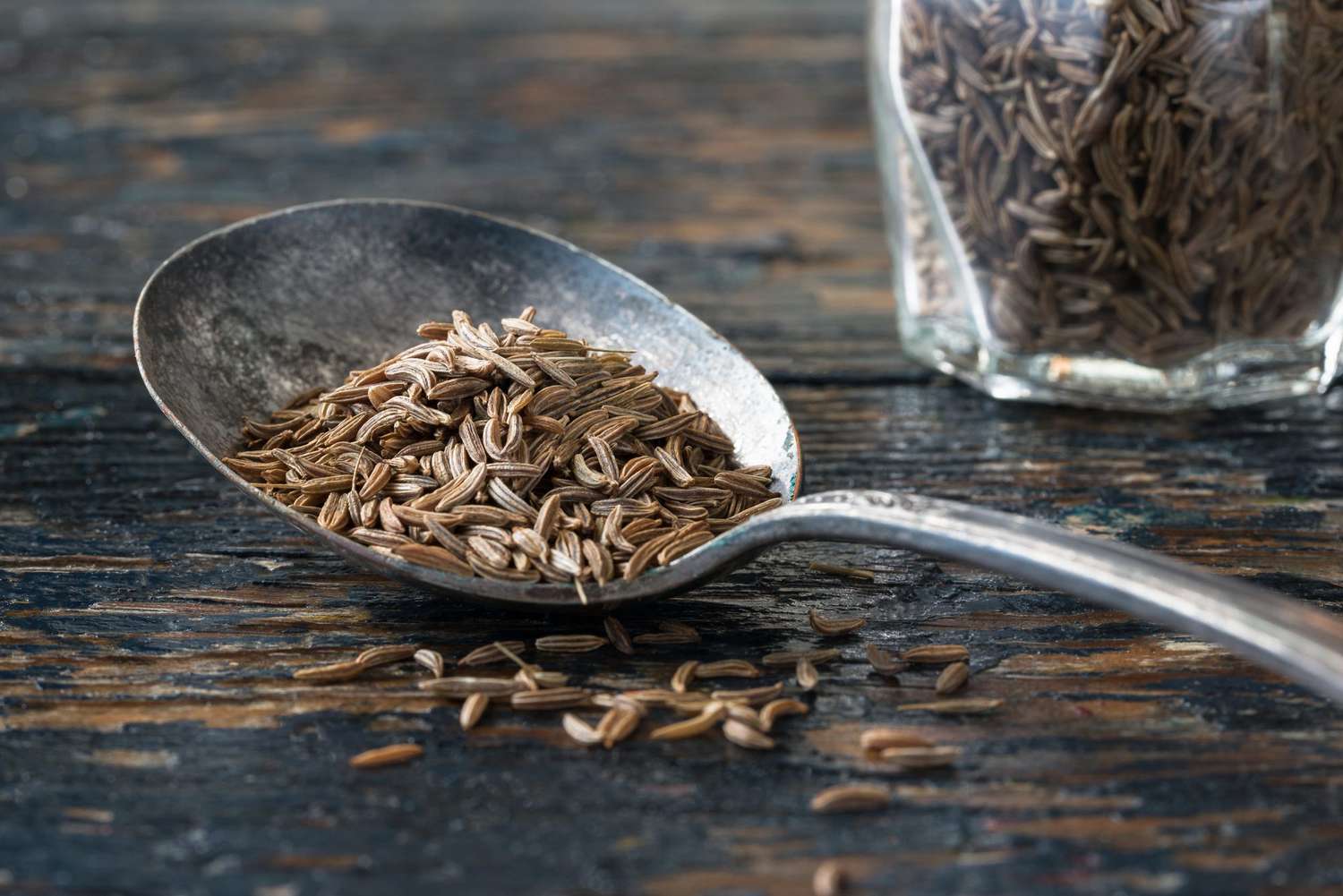

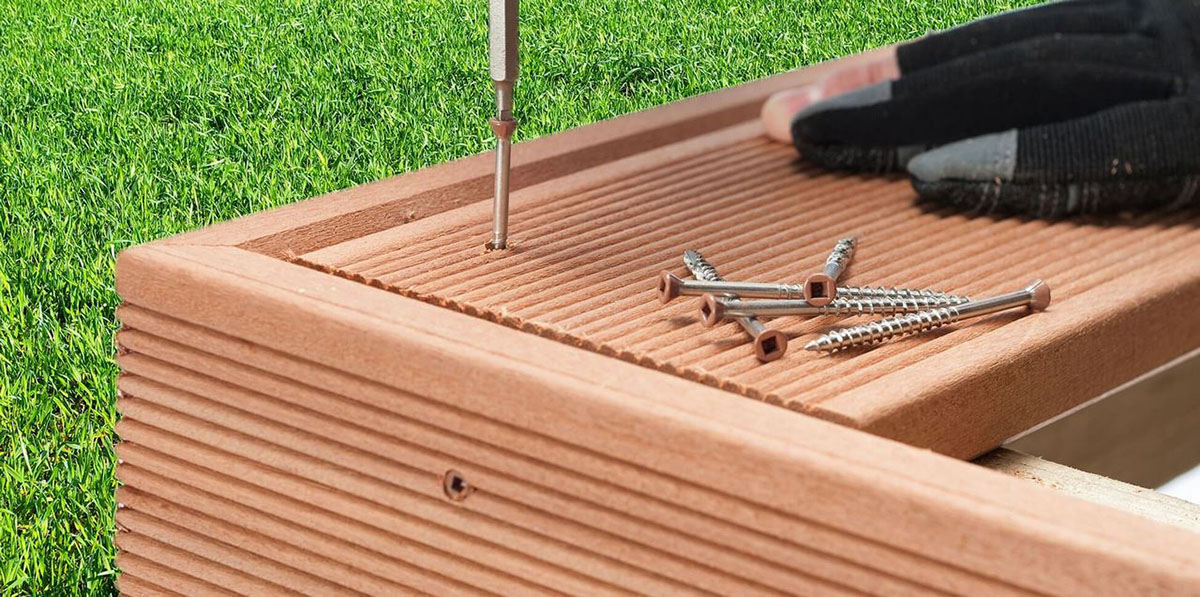

0 thoughts on “What Glue Do You Use For Mirrors”